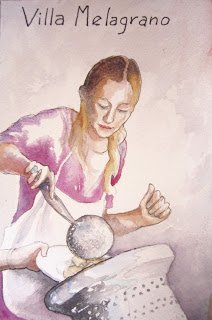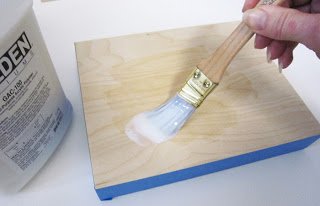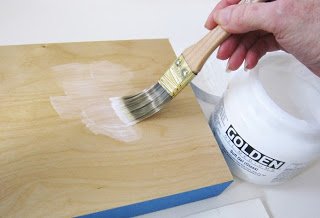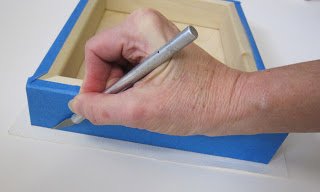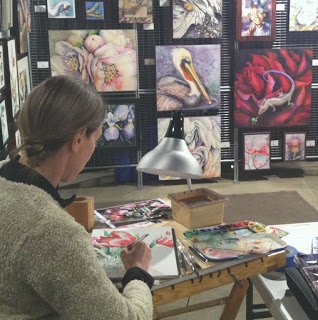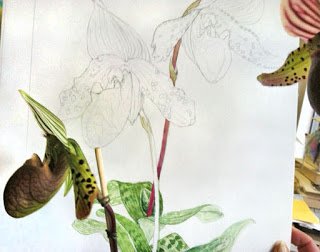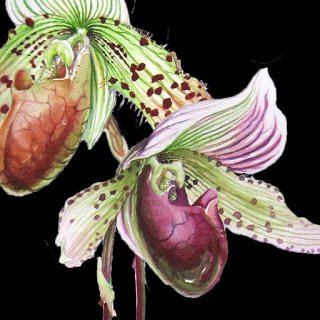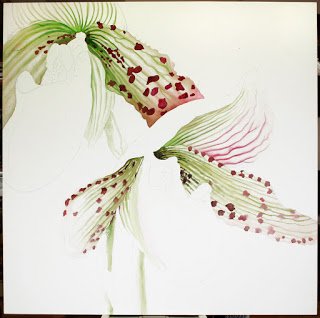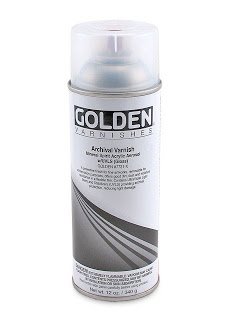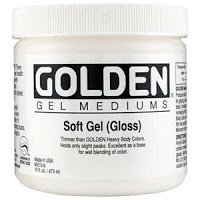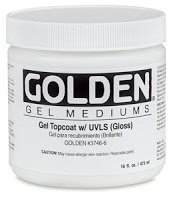A month in Tuscany, traveling with artists, was wonderful for me — almost beyond belief!
It all started as a reunion trip for my critique group last May. Then Linda Nye and
Carol Winchester stayed to help me put on a 12-day workshop. Seven artists joined us.
We stayed in a villa outside Lucca, making forays to nearby villages and cities, where we reveled in the scenery, delicious food, local culture and shopping.
And, of course, taking pictures and painting…
The place we stayed was ideally suited for artists — two villas named Mimosa and Melograno — beautifully furnished for comfort and filled with artwork & antiques. Large tables, both indoors and out, were perfect for painting!
Views from the house and yard were stunning! Roses on the back patio and ringing the pool were heavenly scented. Maurizia the owner and retired art history teacher, was wonderfully gracious.
Tuscan flowers were everywhere, and I recorded them in my accordion journal.
It’s one I made to show how it’s done in my journaling workshop — ideal for traveling or recording memories. Click the link to find dates or to register.

On the other side, scenes from the places we visited…

Here’s
Linda at Portovenere.
Our villa was located just past the edge of town. Surrounded with olive groves and farms, it was quiet except for the singing of birds and chiming of bells at Segromigno in Monte, the beautiful church nearby. A network of paths led us throughout the countryside. The cafe where some took their morning coffee was a short walk.
We cooked amazing meals in our kitchen, making use of local ingredients — prosciutto with tuscan bread, olives, pecorino romano, fresh olive oil and basalmic vinegar. We dined al fresco on warm evenings. A fireplace in the central dining area kept away the chill on rainy nights.
A close friend, Mary Lee Damutz, took us on a tour of her village, nestled into the hills between Lucca and the coast. Residents still sometimes wash their clothes in the millrace, the stream that until recently powered the mill.
Then we went on to Camiorie for authentic wood fired pizza, and to Pietra Santa, where local artisans carve marble.
Mary Lee and her daughter Marina prepared a wonderful meal for us, and taught us where to get the best food. Here’s Marina making homemade pasta.
For wine, we just took our empty bottles in to refill — amazing wine for just a few euros!
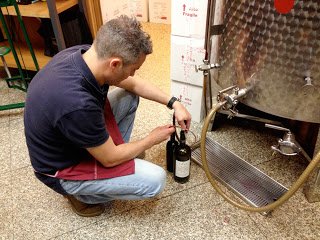
Perhaps best of all is forming lifelong friendships. These artists have decided to start their own critique group, calling
themselves the Melogranos. And they made me an honorary member!
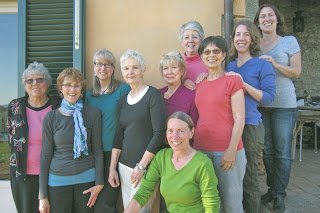
This is the short version of our adventure…
If you’d like to hear more stories or see pictures, come to Oregon Society of Artists on November 7th.
6pm
2185 SW Park Place
Portland OR















